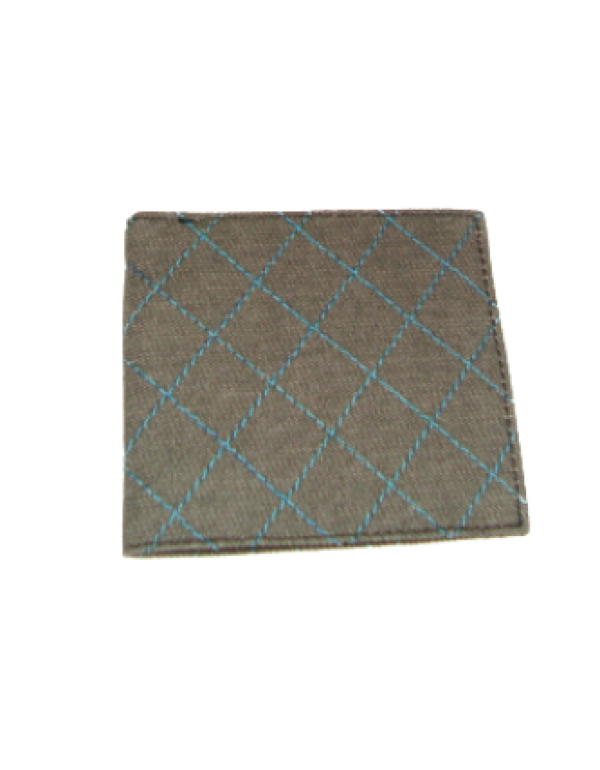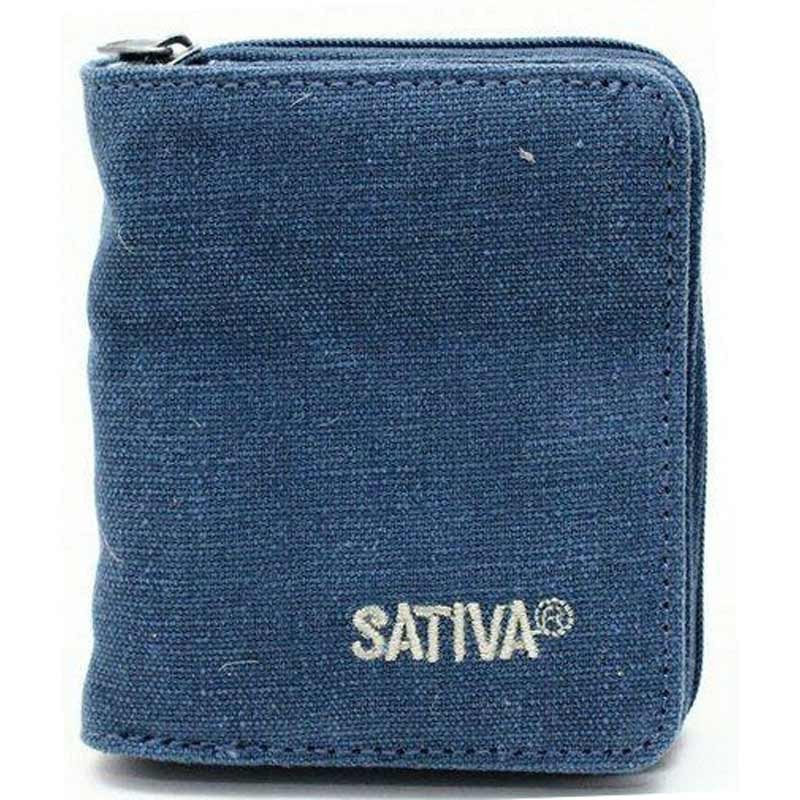Building Green For Your House And Wallet_2
Post on: 13 Апрель, 2015 No Comment

Eco-friendly, sustainable and green are terms often used to describe real estate with environmentally friendly architecture that can reduce energy and water use and improve the quality of life of its inhabitants. The greening of a building can come from a number of design techniques including recycled rainwater, solar chimneys, rooftop gardens, geothermal cooling systems, natural ventilation, passive or active solar, tankless water heaters, double-paned windows, reclaimed wood, Energy Star appliances, low-flow toilets and low-water-use landscaping.
The U.S. Green Building Council estimated the green building industry an area that was rarely heard of a decade ago to be worth around $12 billion for 2007. While sustainable construction is one of the fastest-growing segments of the commercial building industry, only a small percentage of buildings going up are actually green. The buildings that do meet green standards save significantly on energy costs, a benefit that is likely to become more attractive as the cost of non-renewable energy sources continues to increase. Read on to learn more about this sector and how you can invest in green now to see green in your wallet later.
What is green building?
The leading designation for green building, Leadership in Energy and Environmental Design (LEED), is given by the U.S. Green Building Council based on how well a building reduces its energy use and environmental impact. According to the LEED website. LEED promotes a whole-building approach to sustainability by recognizing performance in five key areas of human and environmental health: sustainable site development, water savings, energy efficiency, materials selection and indoor environmental quality.
Projects are awarded a level of certification progressing from Certified, to Silver, Gold and Platinum, depending on the number of credits they achieve.
There are many ways to make a building green without adding costly projects. For example, using recycled content can rack up points. Effective green designs such as orienting a buildings windows and open spaces to make better use of natural daylight, which creates no additional expense and reduces energy bills, will also add points to a building project. Natural ventilation shafts for cool air circulation and roof overhangs for shading windows are other simple design techniques that can reduce the need for air conditioning, reducing energy expenses.
Putting Green in Your Wallet
Benefits from green real estate range from lower energy cost and water savings, to reduced waste, improved indoor environmental quality, greater employee or occupant comfort and productivity, and lower operations and maintenance expenses. This makes green building an increasingly attractive option, despite its initial costs.
For real estate investors, the reduced costs of green properties can increase rents and building values. McGraw-Hills 2006 SmartMarket Report states that buildings renovated to meet green standards can bring 3% higher occupancy rates and a 7.5% increase in a buildings value. Although green buildings cost, on average, only 2-3% more to build, they are estimated to use an average of 25-30% less energy than conventional buildings.
For example, Exelon Corporation, one of the largest electric utilities in the U.S. recently renovated its headquarters in downtown Chicago to be LEED certified at the Platinum level. The renovations resulted in Exelon reducing electricity consumption by more than 43% and water consumption by 30% compared to its previous space.
Investment Opportunities

One major problem for individual and institutional investors alike is that both LEED and Energy Star programs certify individual properties and not the companies that invest in those properties. This raises the question of whether social and environmental issues should be evaluated at and aggregated up from the property level.
Even if there was consensus on this issue, the metrics for assessing the social and environmental characteristics of real estate investments are not yet commonly defined or widely accepted. The resulting murky playing field means a big-box store. like Wal-Mart or Home Depot, can be attacked for wiping out local merchants or can just as easily defended as a blessing for low-income consumers looking for quality products at affordable prices. (Read more on this subject in Analyzing Retail Stocks .)
Publicly traded real estate investment trusts (REITs) are pooled investment vehicles that own a portfolio of property investments in much the same way mutual funds pool securities. REITs that have exposure to new or renovated green buildings are one of the easiest ways for individual investors to participate in green real estate. With one purchase, an investor gets access to the returns of the portfolio of properties that make up the REIT. The REIT effectively spreads risk across many different properties far more efficiently than an investor with only a small amount of assets can. (To learn more about REITs, read What Are REITs?. Basic Valuation Of A Real Estate Investment Trust (REIT) and Investing In Real Estate .)
Real estate mutual funds made up of green real estate stocks, or stocks of companies that manufacture products used in the greening of buildings, can be another way for investors to access the green real estate market. Like REITs, mutual funds spread the risk of their investments across a portfolio of securities. Both mutual funds and REITs have day-to-day management of their holdings, relieving individual investors of that responsibility.
Individual Stocks














